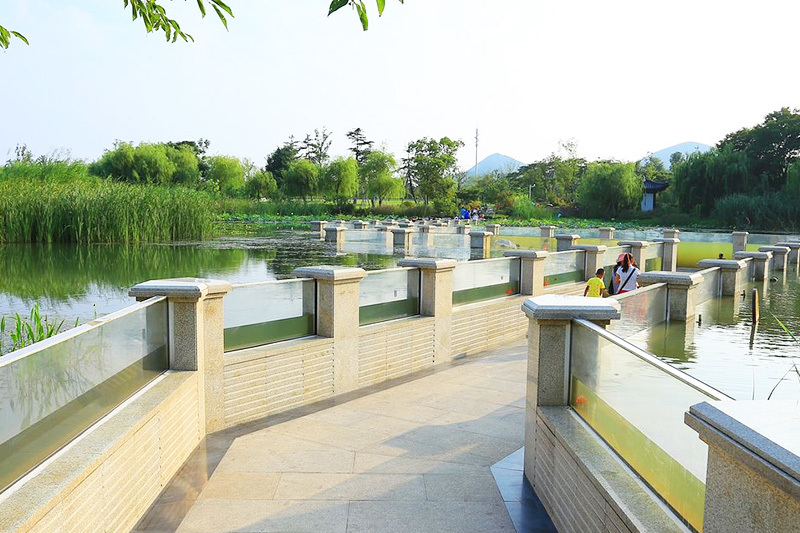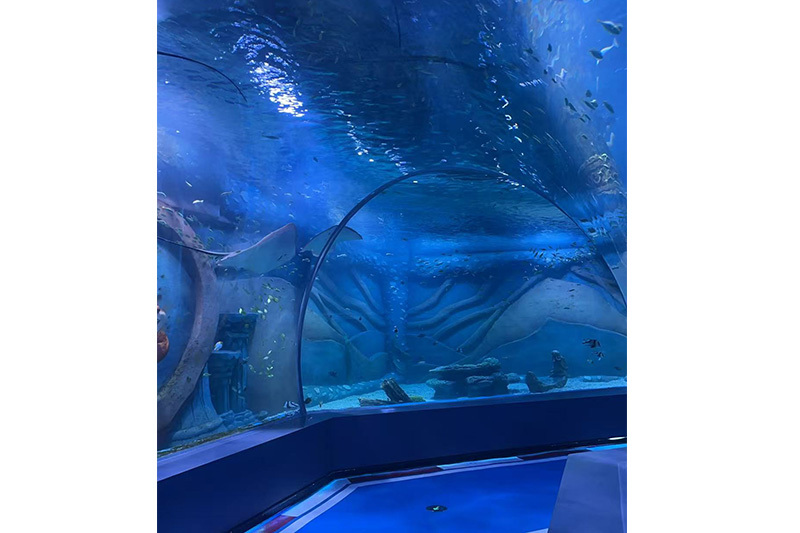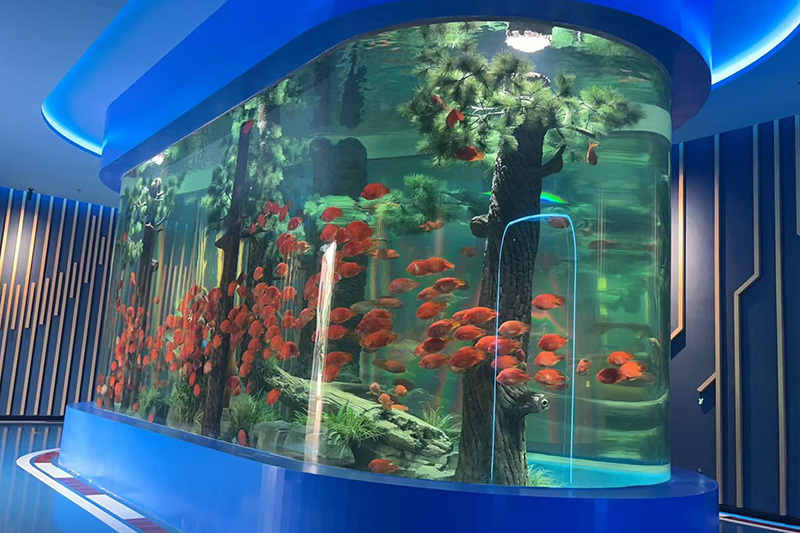
Understanding Acrylic Channel Boards: Versatile Solutions for Various Applications
Acrylic channel boards, made from polymethyl methacrylate (PMMA), are an excellent alternative to glass and traditional plastics. They offer a range of advantages, making them suitable for various applications, including advertising displays, signage, and architectural elements. One of the most notable features of acrylic channel boards is their excellent transparency, allowing for high light tran
Release time:
2025-11-16
Acrylic channel boards, made from polymethyl methacrylate (PMMA), are an excellent alternative to glass and traditional plastics. They offer a range of advantages, making them suitable for various applications, including advertising displays, signage, and architectural elements. One of the most notable features of acrylic channel boards is their excellent transparency, allowing for high light transmission while maintaining clarity. This property is particularly beneficial for applications that require visibility and aesthetics, such as retail environments and exhibitions.
In addition to their visual properties, acrylic channel boards possess remarkable durability and impact resistance. Unlike glass, which is fragile and can shatter easily, acrylic boards can withstand significant force without breaking. This characteristic makes them ideal for both indoor and outdoor applications, where safety and longevity are paramount. Furthermore, acrylic is lightweight, making it easier to handle and install compared to heavier materials, which can reduce labor costs and complexity in projects.
Another important aspect of acrylic channel boards is their ability to be easily fabricated. They can be cut, drilled, and shaped using standard tools, allowing for customization to meet specific project requirements. This flexibility is a significant advantage for professionals looking to create tailored solutions for their clients. Additionally, acrylic can be easily colored and textured, expanding the design possibilities and enabling the creation of unique visual effects.
When considering acrylic channel boards for your projects, it’s essential to recognize their chemical resistance. Acrylic materials are typically resistant to many chemicals and solvents, making them suitable for environments where exposure to various substances may occur. However, it is crucial to conduct compatibility tests with specific chemicals to ensure the longevity and performance of the material in particular applications.
Sustainability is becoming increasingly important in the industry, and acrylic channel boards can also play a role in this movement. Although the production of acrylic involves the use of petrochemicals, advancements in recycling processes are making it possible to reuse acrylic materials, thus reducing waste and the environmental impact.
In summary, acrylic channel boards offer a combination of transparency, durability, ease of fabrication, and chemical resistance, making them a popular choice in various applications within the chemical and plastic industries. Their versatility and aesthetic appeal can enhance project outcomes, providing innovative solutions for professionals looking to meet the demands of their clients effectively.
In addition to their visual properties, acrylic channel boards possess remarkable durability and impact resistance. Unlike glass, which is fragile and can shatter easily, acrylic boards can withstand significant force without breaking. This characteristic makes them ideal for both indoor and outdoor applications, where safety and longevity are paramount. Furthermore, acrylic is lightweight, making it easier to handle and install compared to heavier materials, which can reduce labor costs and complexity in projects.
Another important aspect of acrylic channel boards is their ability to be easily fabricated. They can be cut, drilled, and shaped using standard tools, allowing for customization to meet specific project requirements. This flexibility is a significant advantage for professionals looking to create tailored solutions for their clients. Additionally, acrylic can be easily colored and textured, expanding the design possibilities and enabling the creation of unique visual effects.
When considering acrylic channel boards for your projects, it’s essential to recognize their chemical resistance. Acrylic materials are typically resistant to many chemicals and solvents, making them suitable for environments where exposure to various substances may occur. However, it is crucial to conduct compatibility tests with specific chemicals to ensure the longevity and performance of the material in particular applications.
Sustainability is becoming increasingly important in the industry, and acrylic channel boards can also play a role in this movement. Although the production of acrylic involves the use of petrochemicals, advancements in recycling processes are making it possible to reuse acrylic materials, thus reducing waste and the environmental impact.
In summary, acrylic channel boards offer a combination of transparency, durability, ease of fabrication, and chemical resistance, making them a popular choice in various applications within the chemical and plastic industries. Their versatility and aesthetic appeal can enhance project outcomes, providing innovative solutions for professionals looking to meet the demands of their clients effectively.
Acrylic channel board
Previous Page
Previous Page
Latest information





